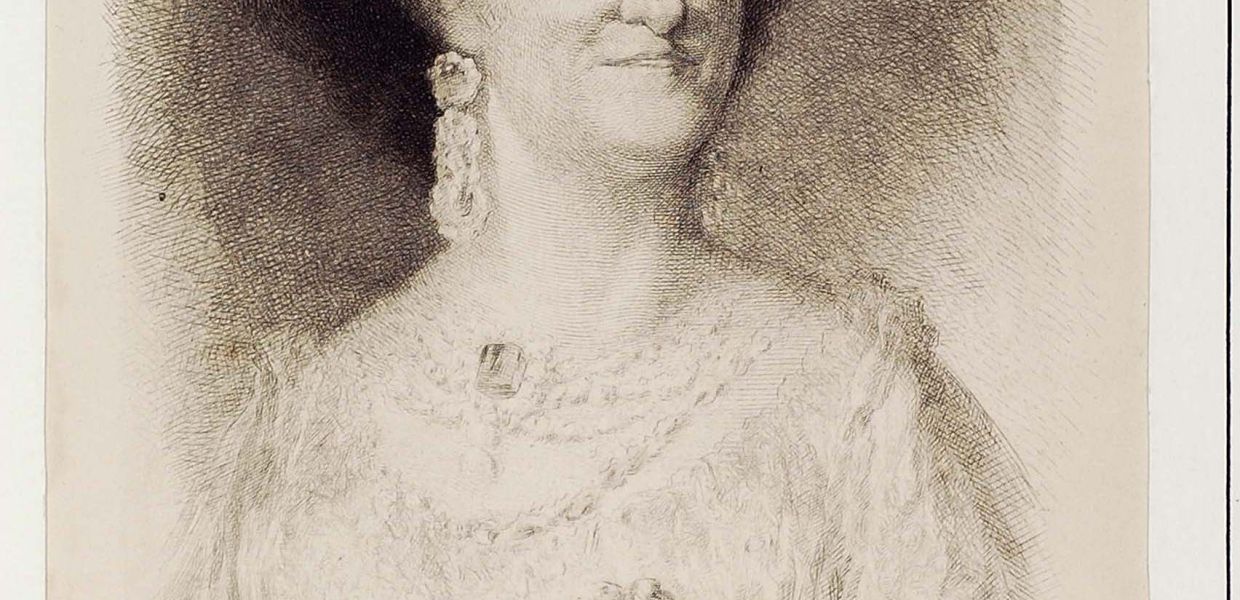Choosing a country's artworks for Europeana 280: Spain

Ministries of culture together with museums and galleries all over Europe have been busy selecting their top artworks for the Europeana 280 collection. Over the next weeks we'll be discovering a little bit more about how and why particular images were selected and the stories behind some of the choices.
Here, Europeana 280's Exhibition Coordinator Ann Maher chats to Spain about their nominations. We’ll start sharing the nominated works from each country soon - so stay tuned!
Some of the world’s greatest art is Spanish. Masterpieces such as the 17th century royal household captured by court painter Velázquez, or the ground-breaking portrayal of the horrors of war by Goya, another painter by royal appointment.
But like many countries nominating their treasures for the Europeana 280 campaign, the opportunity to select images within a national context has led to some fascinating and unexpected choices. How did Spain go about choosing its selection for Europeana 280?
Diego Gracia, Head of International Library Cooperation, Ministry of Education, Culture and Sports, coordinated the nominations and describes a thorough process: “Spain's rich artistic heritage encompasses a wide variety of domains so we felt it was important that not only materials from museums were part of the selection, but also material from archives and libraries. With this in mind, we set up a committee with experts from those three areas that would have a perfect knowledge of the most singular items from their fields.”
Art through the ages
Encompassing a significant stretch of history was a strong motivating factor. “We wanted to cover the longest period of time possible and tried to distribute the items evenly throughout time,” continues Gracia.
Spain’s selections begin with the cave paintings of Altamira, created many thousands of years ago. The depth of art history must have been a daunting challenge for selectors, particularly choosing a single painting from renowned artists with a huge body of work. What was the brief for artists whose work is held in museums?
“We valued above other characteristics the fact that the pieces were representative of painters or artistic movements that had an importance beyond Spanish borders and had an impact in the history of art worldwide”, explains Gracia. “We chose emblematic painters and pieces from them that would be a compendium of those features that best define their style (that’s the case with Dalí and Goya).”

María Luisa de Borbón esposa de Carlos IV Rey de España, Francisco Goya, Biblioteca Valenciana, public domain.
From 1786 to 1824, artist Francisco de Goya was appointed painter to the Spanish court. He served four successive monarchs including Charles IV, whose wife is depicted here, and Joseph Bonaparte (Napoleon's brother), who inserted himself on the throne after France's successful invasion of Spain. The emblematic painting of the Spanish war for independence is the Goya selection for Europeana 280.
In some cases it wasn’t necessarily the predictable choice. “Sometimes the nominated work of art is not the most famous one from an artist. An example of this would be Ribera. The work selected (The Pietá, from the Museo Thyssen-Bornemisza) was chosen because it shows the interaction of the European artistic movements in the Kingdom of Naples.”
Spanish painter and etcher Jusepe de Ribera (1591-1652) settled in Naples (then part of the Spanish Empire) in his twenties. In the 1630s, Ribera’s style underwent a transformation and he began to work with a lighter palette. The change evident in his use of colour was probably influenced by the presence in Naples of works by Flemish painters such as Rubens and Van Dyck and by the work of artists such as Pietro Novelli, who was familiar with the work of Van Dyck and of Giovanni Lanfranco.
From royal courts to the rearguard
The power of twentieth century graphical work is also covered in an award winning poster promoting tourism in the 1920s and an unusual nomination from the time of the Spanish Civil War. The Cartilla Escolar Antifascista and Cartilla Aritmética Antifascista are educational primers in which learning is mixed with political ideology and maths lessons illustrated with bullets and tanks. Originally published by the Ministerio de Instrucción Pública (Ministry of Public Instruction) in 1937, the Cartillas are going to be republished later this year.
They are an example of socialist art that originated in the USSR that had a great repercussion in other European countries, according to Gracia: “The context in which the Cartillas were created is the literacy initiatives that the Republic took under their governance and also during the civil war - a whole corps of the republican army formed by two units: the Militias of Culture, consisting of teachers and writers (such as María Teresa León, Miguel Hernández and Rafael Alberti) that operated in the front line, and the Brigades against Illiteracy, working in the rearguard which were dedicated to provide literacy to the soldiers during the war.”
According to Gracia: “This experience is unique, no other army has ever undertaken such an initiative.”
We look forward to sharing the empowering and transforming art selected for the Europeana 280 campaign soon. In the meantime, follow the conversation on Twitter via #Europeana280.
